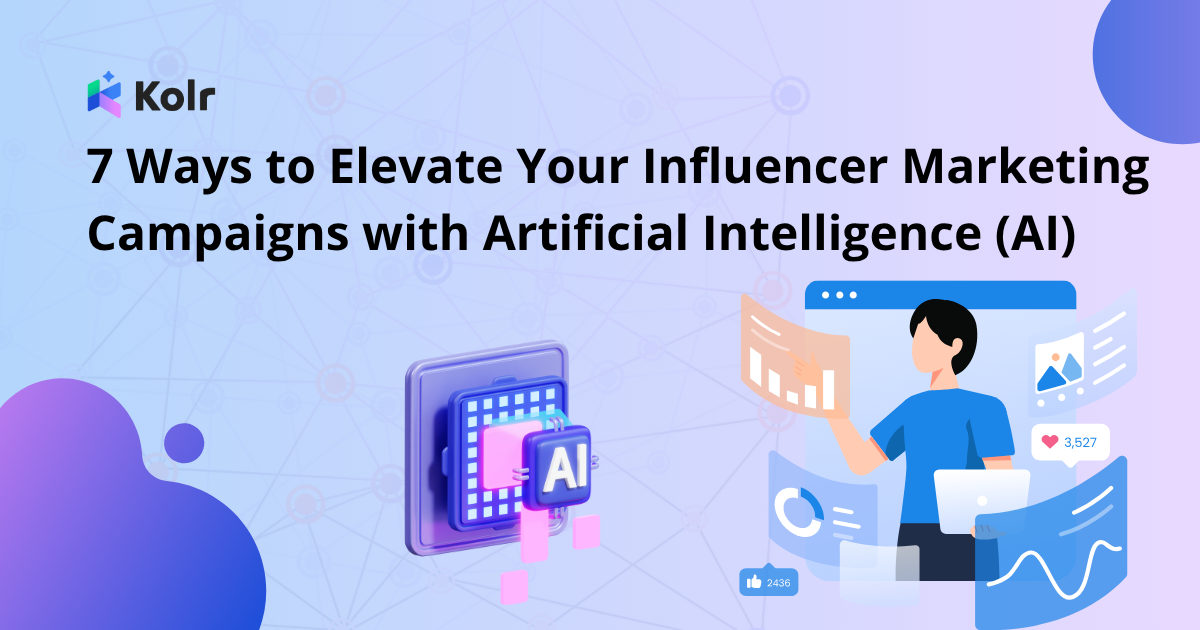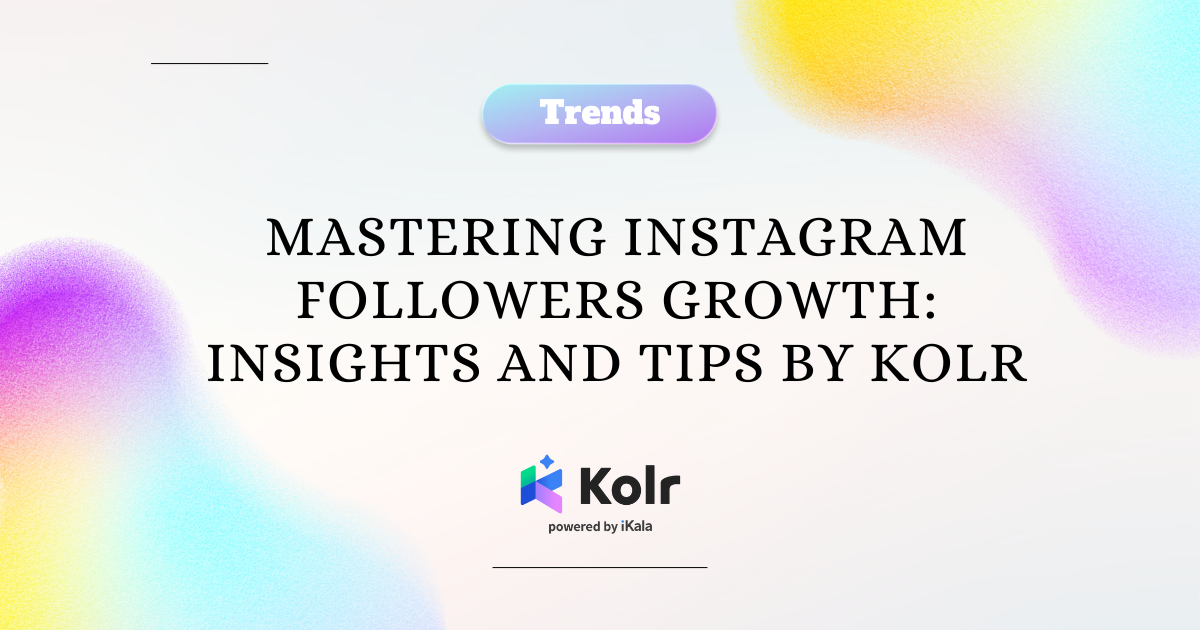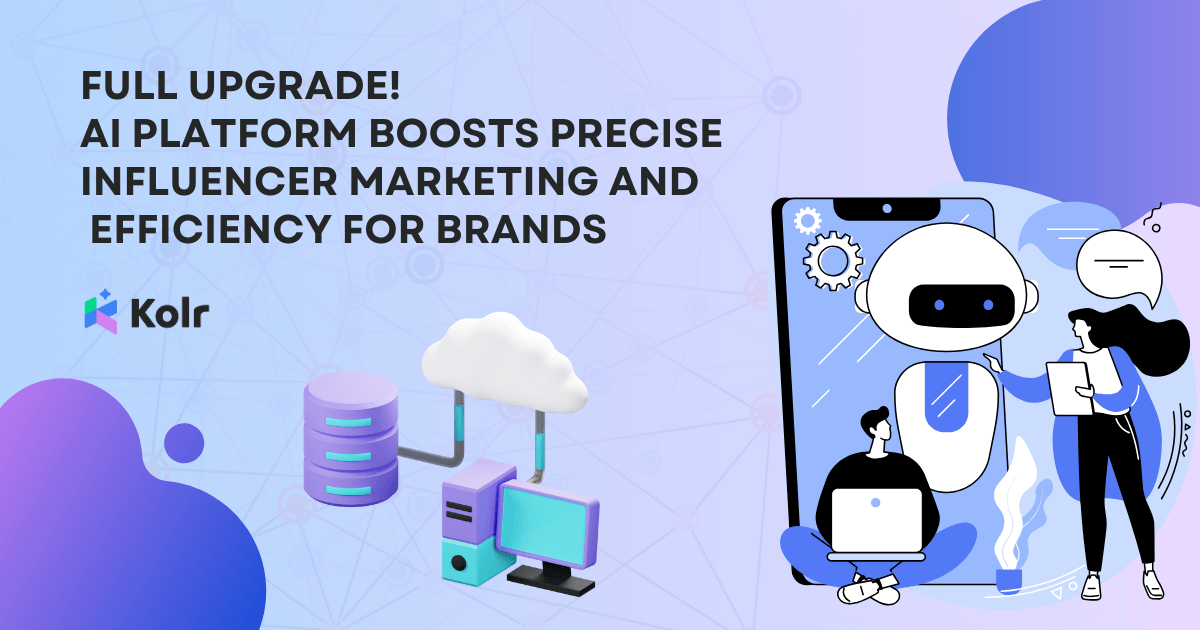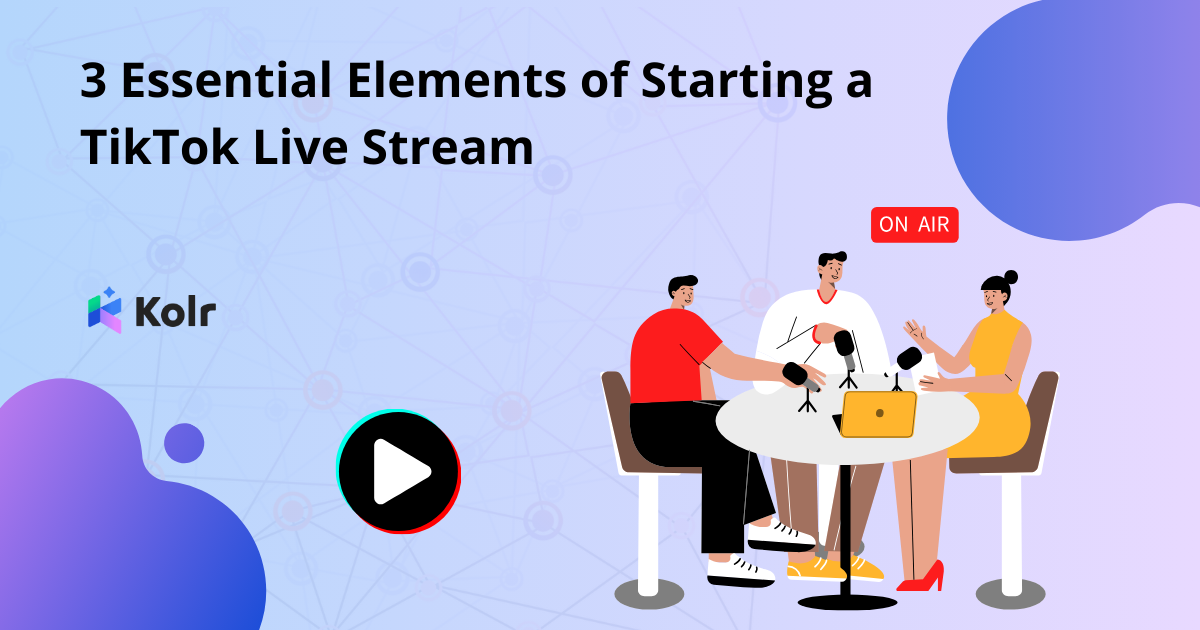Love it or hate it, artificial intelligence (AI) is reshaping the landscape of business and daily life, bringing increased precision and efficiency. Marketing, especially influencer marketing, is one area that has significantly benefited from AI innovations. By integrating advanced technologies and features, the field has been revolutionized, enabling more strategic and effective campaigns.
Below are key ways AI is empowering influencer marketing and helping brands maximize their potential.
1. Identifying targeted creators precisely
Finding the right influencers for a campaign is one of the most critical aspects of influencer marketing. The ideal influencer must align with the brand’s values, audience, and goals. This process, which was usually labor-intensive or done manually, is now streamlined by AI. With its ability to analyze content style, performance metrics, demographics, and brand safety, AI platforms, and tools help brands quickly and accurately identify suitable influencers.
On Kolr, there are multiple tools in the Influencer Discover feature that rely on artificial intelligence to provide detailed insights:
- AI tagging helps to identify content properties and enables the user to filter up to 5 types of content types out of a list of over a hundred.
- AI keyword reasoning generates recommended keywords to help brands find the most suitable KOLs and content to meet influencer marketing goals.
- AI estimation of cost involves the analysis of the overall data performance of the influencer community. The tool estimates the cost range of different content types of influencers based on the influencer’s growth potential.
Furthermore, by reviewing metrics like followers, likes, views, and uploads across social media platforms, AI simplifies the process of narrowing down influencer candidates whose content resonates with the brand’s image.
By using these tools, businesses can reduce the risk of mismatched partnerships and ensure their campaigns reach the intended audience effectively.
2. Brainstorming for content efficiently
The secret of all successful influencer marketing campaigns is their engaging and localized content. When faced with content brainstorming challenges, brands can turn to AI for help. Generative AI tools are powerful assistants to help brands generate creative concepts for posts, videos, and infographics.
There are various AI tools available to help individuals and businesses brainstorm content ideas. These tools are a game-changer for content creators, generating a steady stream of fresh, innovative ideas essential to building an engaging content calendar. However, when brainstorming with AI, it is advisable to provide detailed prompts and provide more information as context, as prompts that are too vague lead to unproductive discussions.
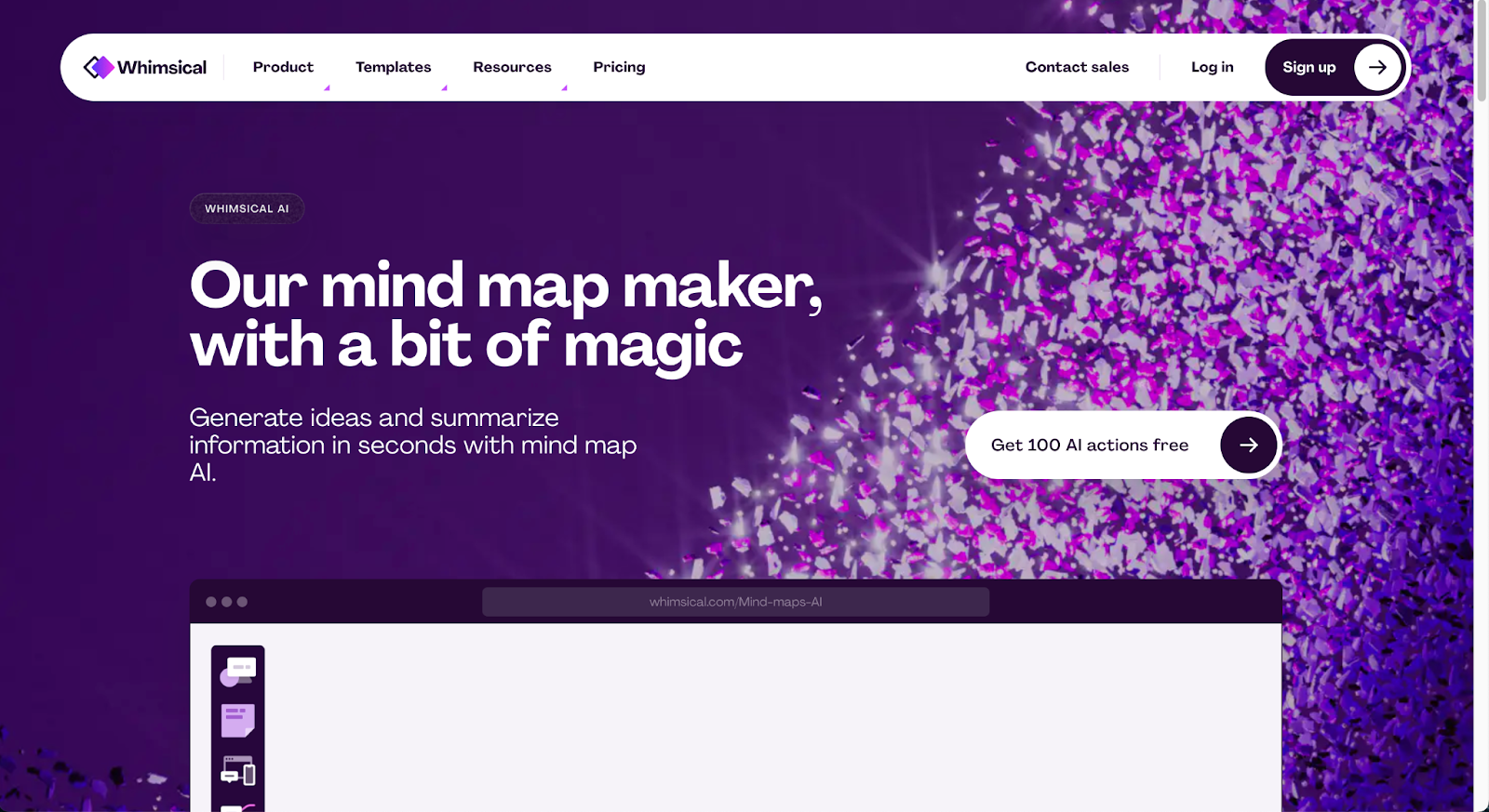
Examples of content brainstorming tools include:
- HyperWrite: AI-powered idea generator that helps you brainstorm creative solutions and ideas based on a given problem or text description, powered by GPT-4 and ChatGPT
- Whimsical: Brainstorming and mind-mapping tool using pre-built templates to provide AI-generated suggestions for innovating and maximizing your ideas – equally beneficial in operations, marketing, design, engineering, and product development.
- Canva: Its visual AI features can help you develop campaign strategies or thematic content ideas from a single input. For instance, by uploading a product image into Canva, marketers can receive dozens of suggestions for how the product might be presented creatively.
This ensures that brands have a pool of concepts to refine and execute. Additionally, this process enables collaboration across teams, as AI-generated content can serve as inspiration or a starting point for more tailored designs and messaging.

3. Simplifying product purchases

AI is reshaping the online shopping experience, integrating social media and e-commerce in ways that encourage immediate purchasing decisions. By connecting social platforms to online retail shops, brands can capture consumers’ interest and secure conversions in real-time.
During peak shopping seasons, such as the holidays, brands can use AI tools to capitalize on trends. Research indicates that 76% of consumers purchase items via social media during the holiday season, showcasing the importance of meeting users where they are most engaged.
Emerging trends like ‘live e-commerce’ are also benefiting from AI. Platforms like TikTok report that 72% of users interested in branded content are open to exploring product sales through live streams.
In addition, AI tools like ManyChat enhance this experience by automating direct communications, such as replying to comments and providing links, helping brands to drive seamless conversions without requiring users to search for information manually.
Beyond this, AI integration allows for detailed tracking of purchase behavior, helping brands refine their social commerce strategies further.
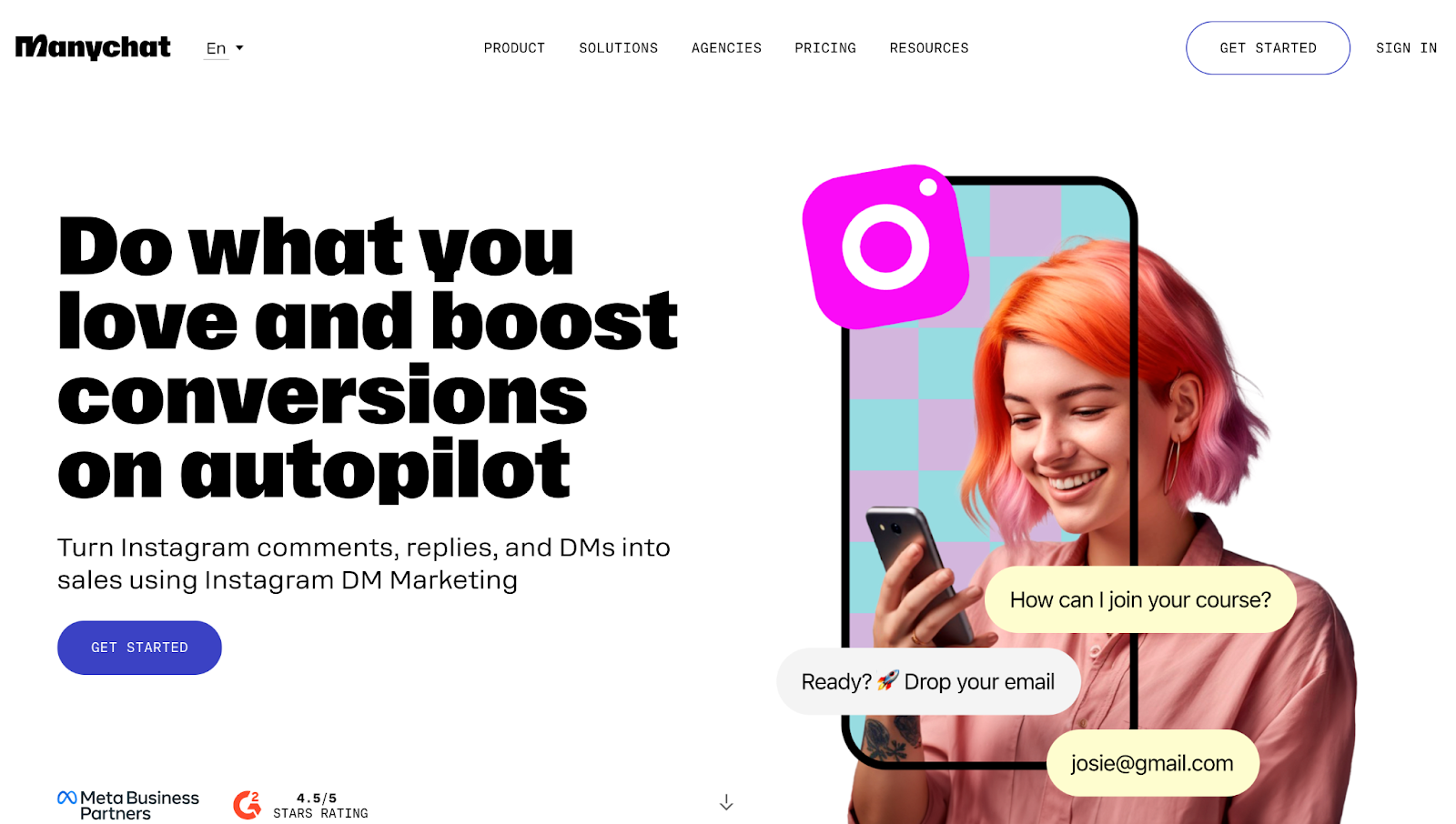
4. Audience targeting and segmentation for personalized content
AI’s strength lies in its ability to process vast amounts of data, enabling brands to segment audiences more effectively and target them with precision.
Here’s how audience segmentation and targeting by AI works:
- Developing audience profiles: AI tools analyze user behavior, interests, and engagement patterns to develop detailed audience profiles that go beyond basic demographic information.
- Customizing advertising content: By reviewing browsing history, purchase behavior, and past interactions, AI tools can customize advertising content to increase engagement and conversion rates.
- Identifying user preferences: Successful campaigns are optimized when audiences are most active on specific platforms. AI ensures that content is published at the right time, maximizing visibility and impact.
By applying AI tools and data-driven insights, brands can craft personalized marketing messages that resonate more deeply, ensuring the success of marketing and advertising campaigns.
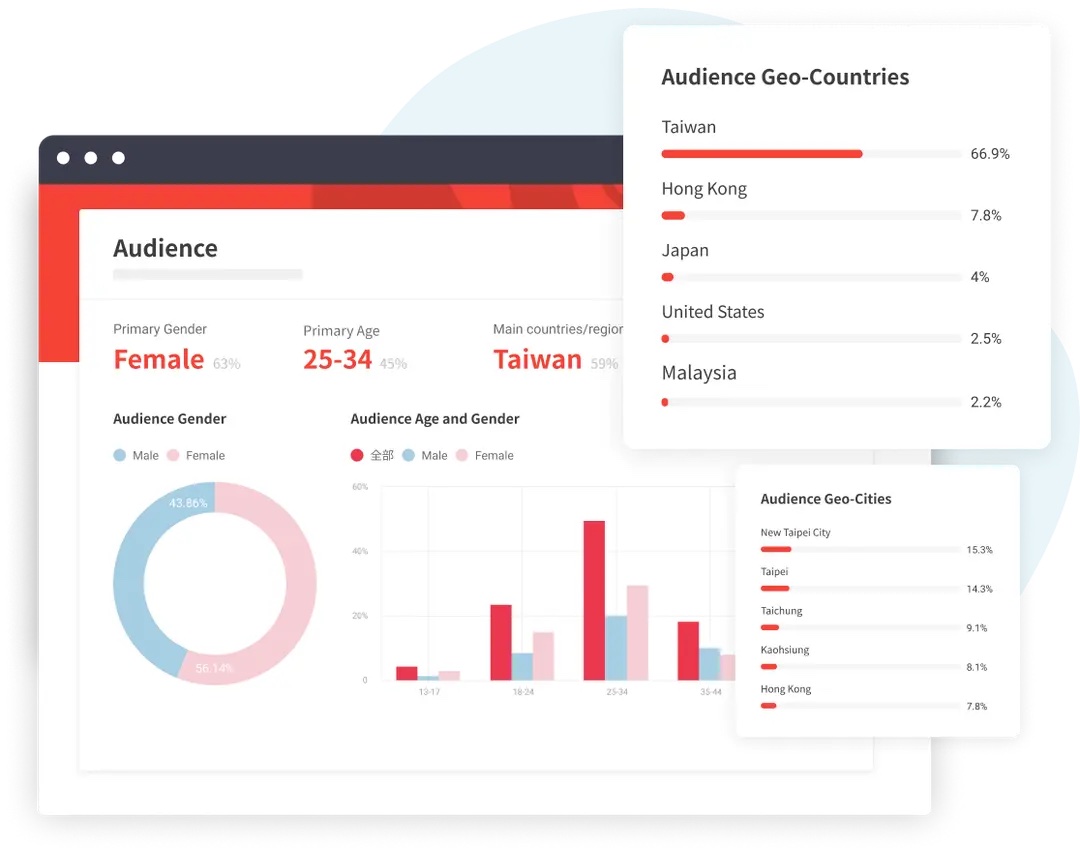
5. Optimizing campaigns in real-time
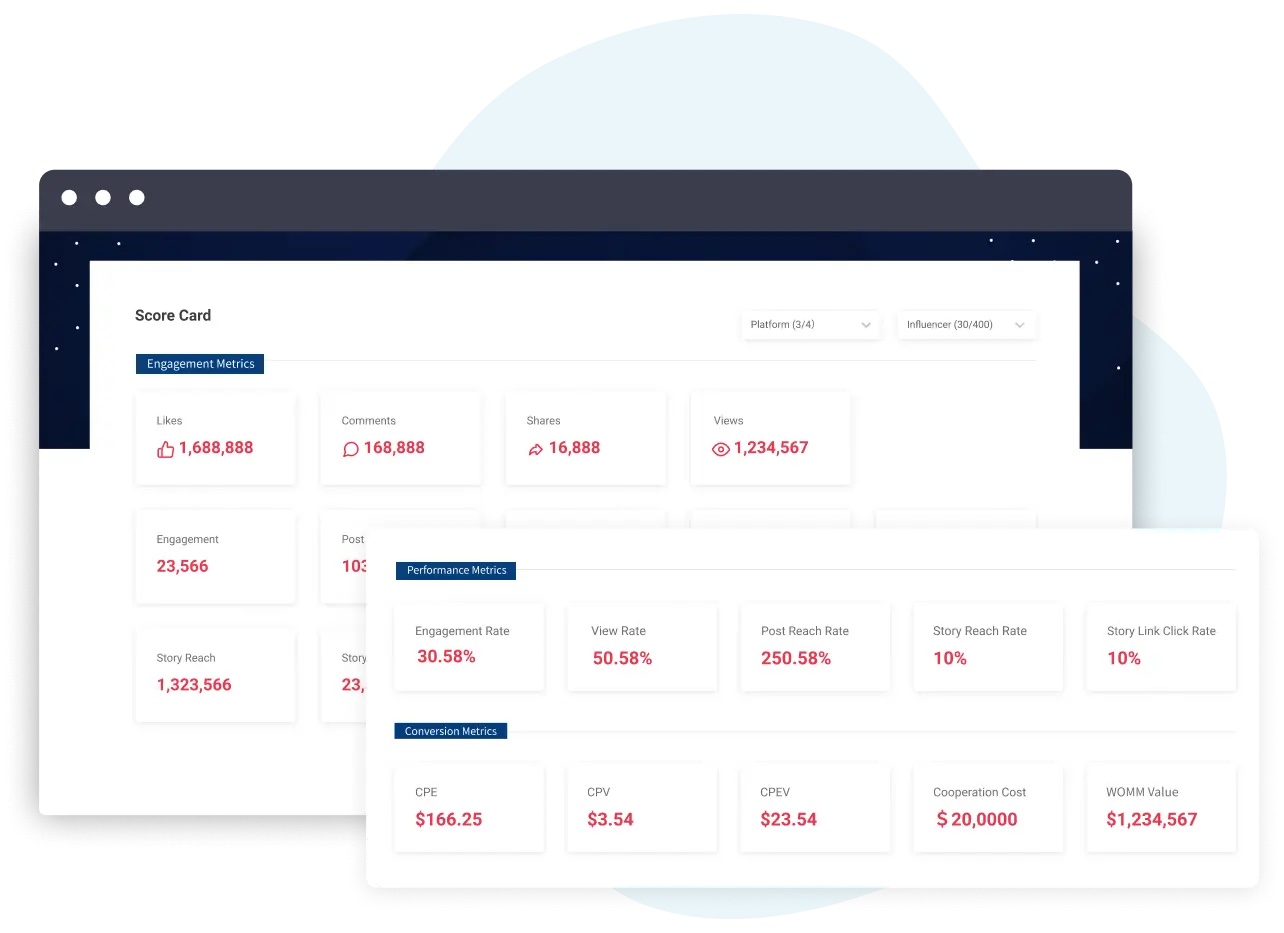
AI’s ability to monitor and optimize campaigns in real-time is a game-changer for brands. Once a campaign is launched, tracking its effectiveness, return on investment (ROI), and influence on brand perception becomes essential. AI provides sophisticated tools that analyze audience engagement, evaluate influencer performance, and refine strategies for future campaigns.
One key advantage of AI is its adaptability. If a campaign underperforms, AI systems can instantly adjust targeting parameters, reallocate budgets, or modify content to better connect with the intended audience. These adjustments are informed by predictive analytics, which use historical and real-time data to anticipate outcomes and guide decision-making.
For example, an AI system might identify that a particular post is not gaining traction and recommend rephrasing the caption or shifting the posting time to align with audience activity. This agility ensures that campaigns remain effective throughout their duration. By incorporating such technology, brands can also allocate resources more strategically, minimizing wasted efforts and enhancing ROI.
6. Understanding public sentiment

Analyzing the public’s sentiment about a brand or campaign is one of the key factors of its success. In the past, sentiment analysis required manual interpretation of large text volumes. Through AI technology, sentiment analysis has been transformed through automation, delivering more accurate results.
To gather the responses and reactions to content, AI’s tools leverage machine learning and natural language processing (NLP) to analyze data from various sources like social media, news articles, and customer reviews. They can detect whether the sentiment is positive, negative, or neutral, even accounting for nuances like sarcasm or cultural context.
For instance, tools like RapidMiner or Google Cloud Natural Language API track sentiment trends over time, providing actionable insights for brands. These insights enable businesses to identify strengths, address potential weaknesses, and adjust strategies to align with audience preferences. Moreover, by recognizing subtle shifts in sentiment, brands can proactively respond to potential issues, maintaining a positive public image.
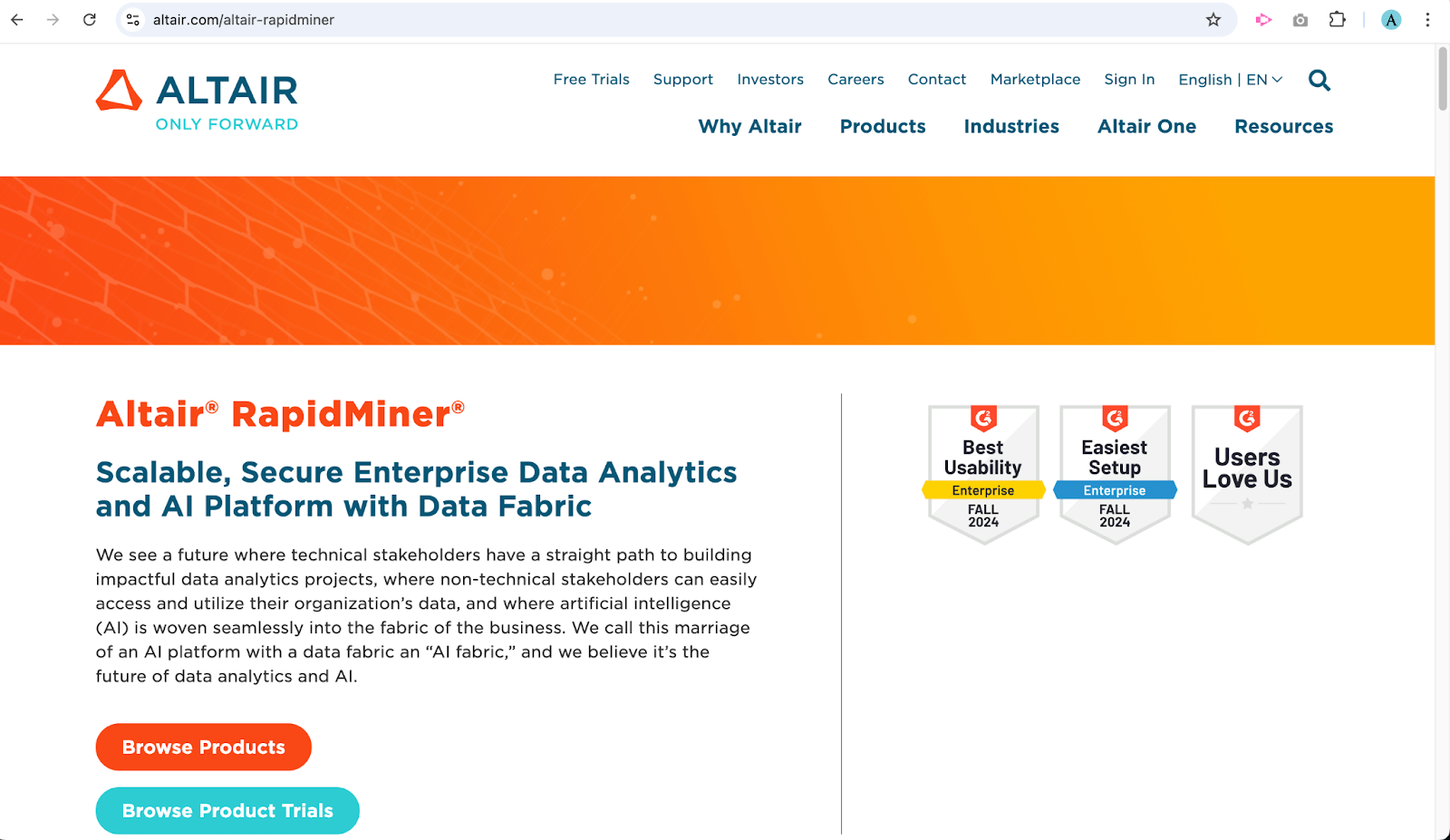
7. Fraud detection
The rapid growth of influencer marketing has also led to challenges, such as influencer fraud and fake engagement. Some influencers inflate their metrics with fake followers or bots, misleading brands, and wasting resources.
HypeAuditor reported in 2023 that 49% of all Instagram influencers worldwide were involved in follower fraud at some point in 2021.
To evaluate the quality of followers on each influencer platform, we can turn to solutions offered by AI. AI tools could identify fake followers and fraudulent practices through pattern recognition. For example, sudden spikes in follower counts or suspicious engagement rates may indicate bot activity. For a deeper analysis, AI tools look at audience demographics, engagement consistency, and other indicators to assess the authenticity of the followers.
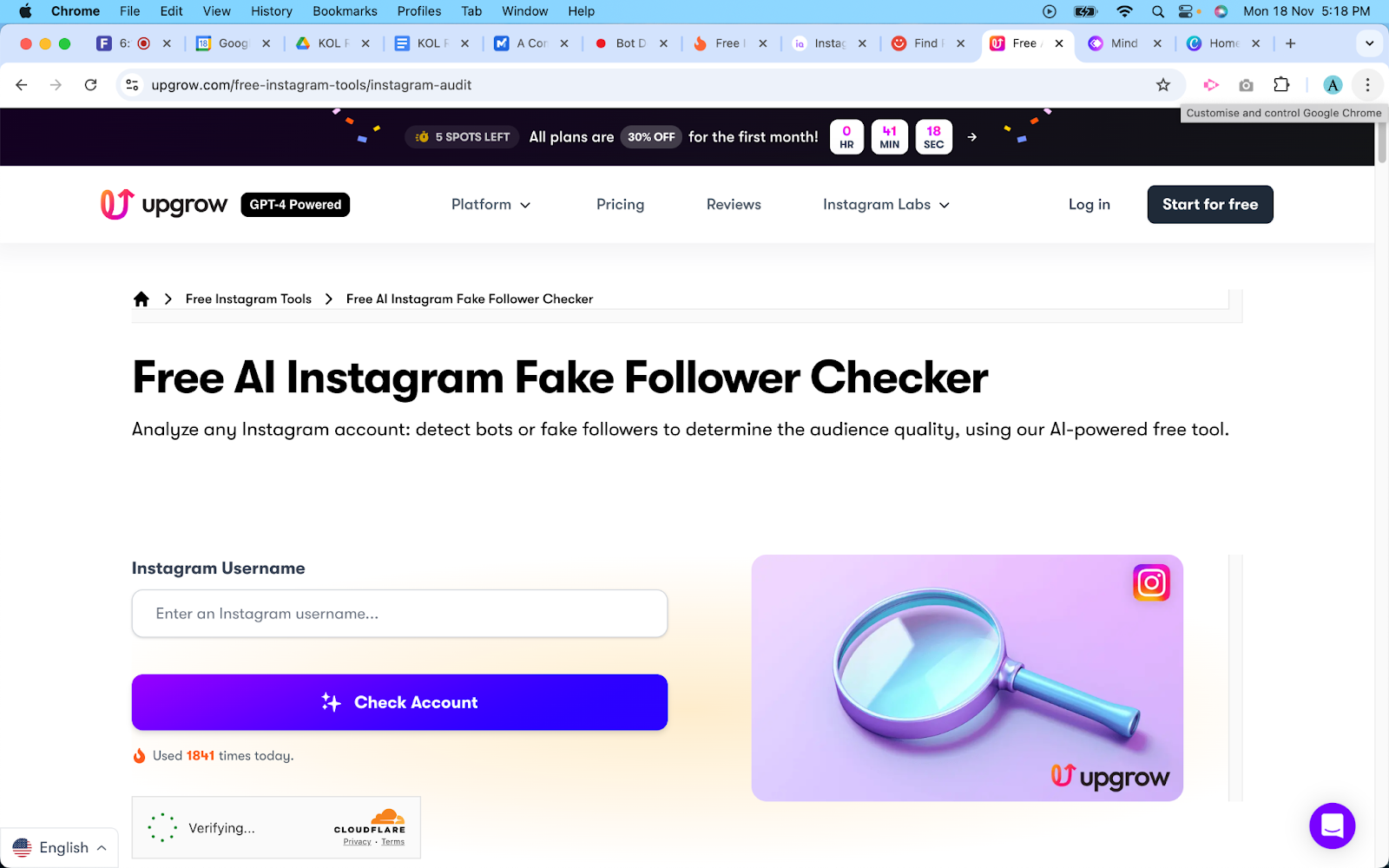
To analyze and detect fake followers, companies can tap on AI tools provided by marketing platforms (some of which are available for free):
- HypeAuditor: Measures any Instagram account’s audience quality and produces an Audience Quality Score (AQS) after assessing audience quality and engagement authenticity
- UpGrow: Get a percentage of fake followers using its AI-powered Instagram Fake Follower Checker
- Influencity: Utilizes metrics such as “Follower Quality” that examines variables like profile pictures, bio details, and follower-to-following ratios to determine user authenticity.
With these tools, brands can confidently partner with genuine influencers who have real, engaged audiences. Additionally, this capability fosters trust within the influencer community, encouraging ethical practices among creators and improving the overall quality of partnerships.
Conclusion
The integration of AI into influencer marketing is revolutionizing how brands connect with audiences, creating opportunities for greater transparency, accuracy, and efficiency. By streamlining processes such as influencer selection, content creation, audience targeting, and campaign analysis, AI empowers brands to maximize the impact of their marketing efforts.
However, the adoption of AI comes with a responsibility to use these tools ethically and transparently. Brands that embrace AI while maintaining an ethical approach are better positioned to build trust, foster genuine connections, and achieve long-term success in an increasingly competitive market.
As AI continues to evolve, its influence will extend beyond process automation, offering tangible improvements in user experiences and reshaping how brands interact with their audiences. Influencer marketing, backed by AI innovation, is no longer just a trend—it’s the future of brand engagement.
